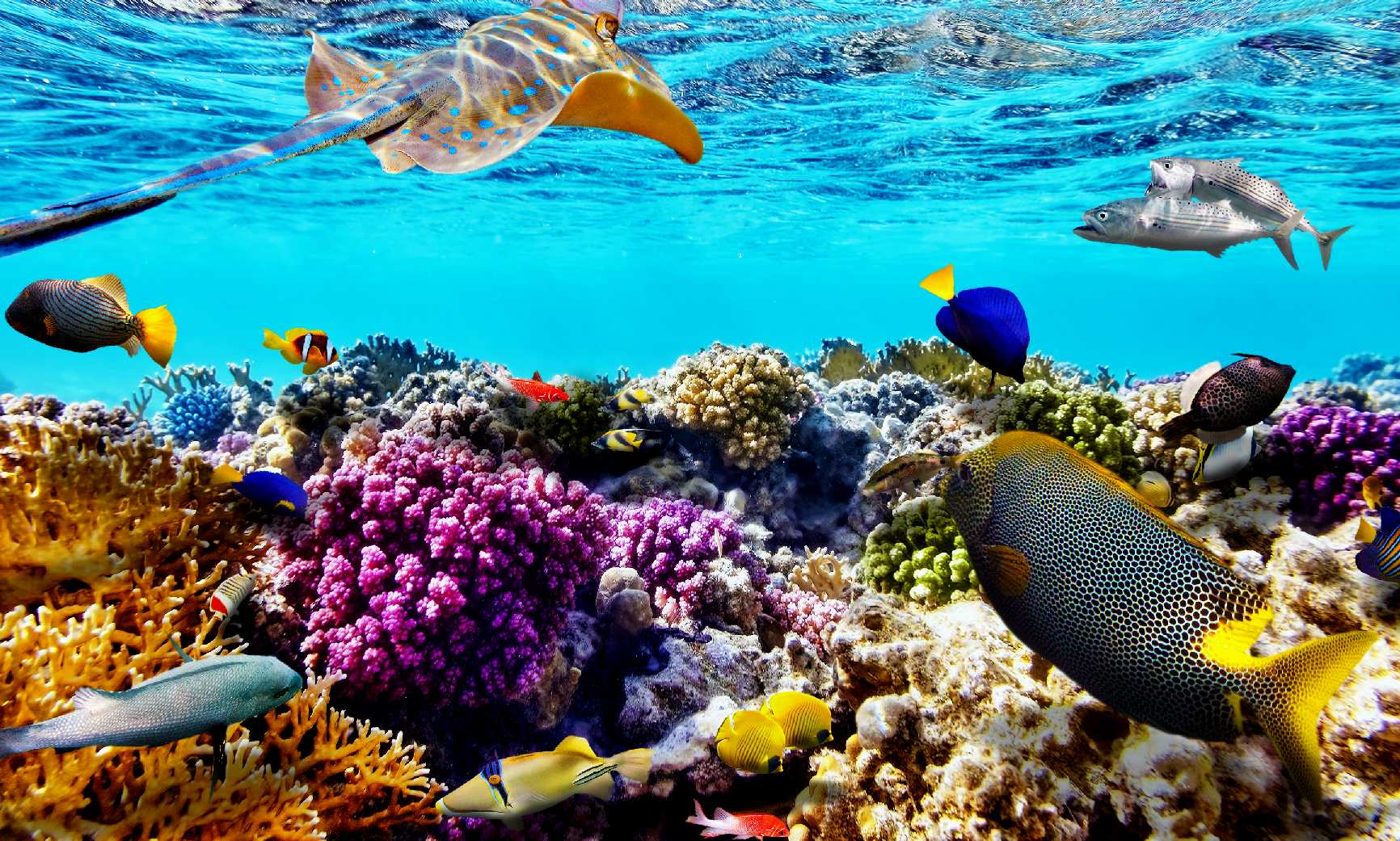
Great Barrier Reef: Life Among the World’s Largest Coral System
admin
- 0
littlecellist.com – Nestled off the coast of Queensland, Australia, lies one of the most awe-inspiring natural wonders on Earth – the Great Barrier Reef. Spanning over 2,300 kilometers, this underwater marvel is not only the world’s largest coral reef system but also a bustling metropolis teeming with life. It is a place where the vibrant dance of existence plays out in a kaleidoscope of colors, shapes, and sizes, offering a glimpse into the intricate web of life that thrives beneath the ocean’s surface.
The Great Barrier Reef is not just a single, solid reef; it is a complex ecosystem composed of over 2,900 individual reefs and 900 islands. This vast expanse of coral is home to myriad species, many of which are found nowhere else on the planet. The reef’s biodiversity is staggering, with over 1,500 species of fish, 411 types of hard coral, one-third of the world’s soft corals, and countless other organisms, including sponges, sea snails, sea stars, and crabs.
At the heart of this ecosystem are the corals themselves. These tiny marine invertebrates are the architects of the reef, building their skeletons over thousands of years to create the intricate structures that we marvel at today. Corals form symbiotic relationships with algae called zooxanthellae, which live within their tissues. This partnership allows corals to convert sunlight into food through photosynthesis, providing the energy needed to build their calcium carbonate skeletons.
The reef’s diverse topography, from shallow coral cays to deepwater coral forests, supports a variety of habitats that cater to different species’ needs. The shallow waters are perfect for young fish and other marine life to grow and learn, while the deeper areas offer refuge for larger predators. The reef’s complexity also ensures that there is always something new to discover, with many species yet to be documented by science.
Life on the Great Barrier Reef is a delicate balance, with each species playing a crucial role in maintaining the health of the ecosystem. Predators like sharks and rays keep the population of other fish in check, while herbivores such as parrotfish and sea urchins graze on algae, preventing it from overgrowing the coral. The reef’s intricate food web is a testament to the interconnectedness of life, where the survival of one species is often dependent on the well-being of another.
However, the Great Barrier Reef is facing significant challenges. Climate change, pollution, and overfishing are threatening the delicate balance of life on the reef. Coral bleaching, caused by rising sea temperatures, has led to the loss of vibrant coral colors and, in severe cases, the death of corals. The reef’s resilience is being tested, and conservation efforts are critical to ensure its survival for future generations.
Despite these challenges, there is hope. Scientists, conservationists, and communities are working together to protect and restore the reef. Initiatives such as the Reef 2050 Long-Term Sustainability Plan aim to reduce the impact of human activities and improve water quality. Innovative techniques, including coral farming and gene editing, are being explored to help corals adapt to changing conditions.
The Great Barrier Reef is more than just a natural wonder; it is a living, breathing entity that has captivated the hearts and minds of people around the world. It is a reminder of the beauty and complexity of life on our planet and the importance of protecting the natural world for the benefit of all. As we continue to learn from and about the Great Barrier Reef, we are reminded of our responsibility to preserve this underwater paradise for generations to come.


